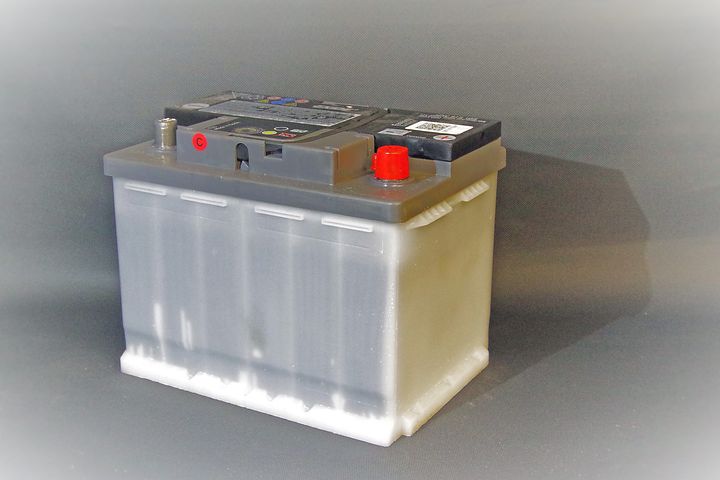Why do car batteries die in cold weather?
--What about the best car battery?
Extreme cold can wreak havoc on car batteries, even the best car battery. Hot Summers cause important liquids in the battery to evaporate, and then winter comes, forcing the battery to work harder by slowing down its chemical reactions. Many batteries survive the winter, but others are not so lucky. Find out why your car batteries fail in the winter, so you can prepare for the cold. Make it the best for your car.

Cold weather is often blamed for car battery depletion, even you have the best. But it’s the warm temperatures that do the most damage. High temperatures accelerate the corrosion of the internal plates and cause the electrolyte to evaporate more quickly. But car batteries tend to run out in cold weather, mainly because summer damage does not occur until the batteries are taxed. Cold batteries reduce start-up power, and the cold temperatures thicken the oil, making it harder for the engine to turn. Modern electrical and fuel systems can mask a weak battery by cranking the engine with minimal effort, but it is more likely to fail when the weak battery is further affected by cold conditions.
Here are some tips from a mechanic to protect your car battery from factory:
- Try to keep your car away from overheating;
- The more you drive, the more time your car should have to recover;
- Don’t let your battery drain quickly by plugging in an electronic device;
- Keep car batteries clean;
- Buy a car battery charger.

How do you prevent your best car battery from dying in cold weather?
1.Continue driving for 10 minutes or more.
Running every day keeps the cold at bay. As You Drive, your engine heats the battery. Even the best car battery can stay strong as long as you drive. However, when your startup speed seems to be slowing down, head to the repair shop. This is an early sign that your battery is about to run out. Driving won’t help reactivate a dead battery.
2.Check the battery.

3.Wrap a hot blanket around a car battery.
In an emergency, you can throw a dry, thick towel over the battery after you have driven far enough to heat the engine. Immediately after parking, wrap the towel around the battery-the extra coating will retain the heat of the engine. Be sure to remove the towel before starting the engine again. The problem is that most amateur mechanics who replace their own car batteries often break the battery protection coating.
Expert advice: Don’t break battery protection.
4.Not only can you use a trickle charger to charge your car battery.
When the temperature drops close to freezing, a battery maintainer or trickle charger may not be able to keep your battery alive. But it’s not the Charger’s fault. It’s just too cold.
How are you going to charge the battery?
The best thing to do is go to the repair shop. If a battery test reports a significant weakness, your local store will be equipped to charge your battery. In short, remove the car battery, open the vent and add deionized distilled water. Then, use the following table to test the specific gravity of the battery acid water mixture to see if it is fully charged.
5.If possible, Park your car in the garage
6.Find the best car battery for your car.